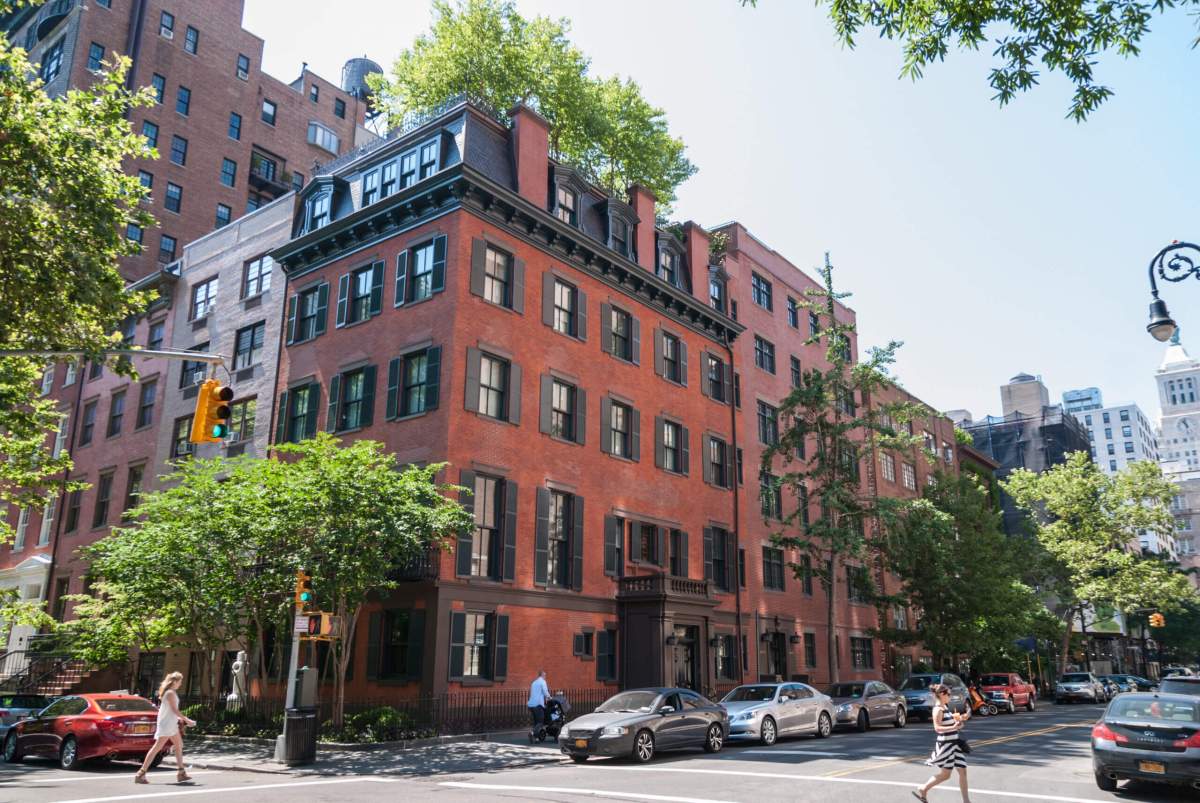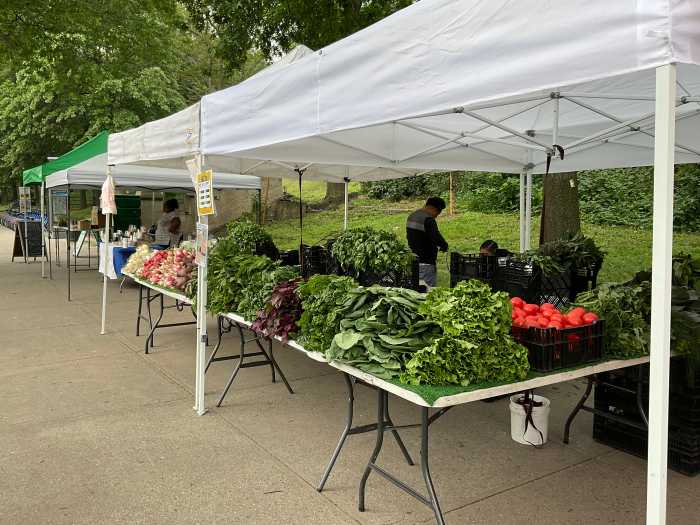Something familiar is happening to New York City renters: The pre-pandemic ebb and flow of the rental market is back, barring any upset from the forthcoming Rent Guidelines Board’s annual rent increase next month.
The correction in the market from the pandemic in 2022 is over in 2023, said openigloo’s chief marketing officer, Lidor BarDavid.
Data from the start-up rental platform’s lease renewals and reports from New York City renters in the past three months are showing the usual pre-COVID-19 seasonal market pattern is emerging.
April’s rent increases and renewal leases for market-rate apartments continued to cool to 6.8% compared to 20.6% a year before and 10.8% in March 2023, according to openigloo’s April report.
“From a renter’s perspective, I think we’re looking at a healthy stabilized market as we as we used to know in New York City,” BarDavid, a 37-year-old gay man, told Gay City News.
That doesn’t mean that there won’t be an increase coming at the end of May, the peak of the season, but the increases will not be the 40% to 60% spikes experienced in 2022, he predicted based on analyzing the data.
Earlier this month, New York City’s Rent Guidelines Board, a nine-member panel appointed by the mayor, including landlord and tenant representatives, approved a maximum rent increase between 2% and 5% on one-year leases and 4% and 7% on two-year leases in a preliminary vote May 2, reported The City.
Last year’s rent increase of 3.25% for one-year leases and 5% for two-year leases for rent-stabilized apartments hit the heart of several LGBTQ neighborhoods — Chelsea, Hell’s Kitchen, and the West Village — particularly hard. The rent increase went into effect October 1, 2022.
The New York Times reported that city data released last year showed that nearly 40% of rent-stabilized households spent more than 50% of their income on rent. The general rule of thumb is people should not spend more than 30% of their gross income on housing.
The board is scheduled to vote on this year’s rent-stabilization increases on June 21 at 7 p.m. at The Great Hall at Cooper Union, 7 East 7th Street, New York. The board will meet throughout the month to hear tenant and landlord’s testimonies.
“We’re gonna see the same kind of like tendency, it’s always just a little bit of amplified in those neighborhoods, because of that location,” said David noting that deals can be had in other boroughs and neighborhoods.
David also suggested that renters should be strategic about when they sign their lease and when that lease will need to be renewed if they want to save a couple hundred dollars. For example, signing an 18-month lease that could land renters unfavorably renewing in the peak summer months or favorably renewing in the low winter months.
“Really think those things through when you’re about to sign your lease,” David said. “Look at this year or a year and a half into the future and see where you’re going to be where you want to be.”



























